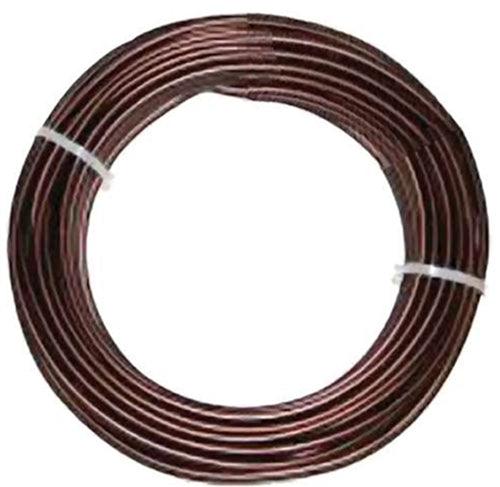
This Chinese quince (Pseudocydonia sinensis) presents a number of striking features, not the least of which is its powerful nebari (surface roots)
Improving a Nebari*
by Oishi Kazo
Nebari are often under-appreciated, especially in the west. In Japan bonsai artists will sometimes talk about nebari as though it is the most important feature when looking for bonsai material. If you think about it, this is not far-fetched, as excellent naturally occurring nebari are harder to come by than excellent naturally occurring trunks.

I doubt it is even worth mentioning, as everyone knows this—but because bonsai are grown in very confining containers, regular transplanting is absolutely necessary.
What is frequently forgotten is that transplanting is a time to elevate the quality of your bonsai. In this short article, I would like to share with you some thoughts and advice about nebari (surface roots) and tachiagari (lower trunk, from the nebari to the first branch).
Quality bonsai start with the roots. How many bonsai on exhibit have you seen? Whether live or in photos, have you ever seen one with a bad nebari? Assuredly, the answer is no (the author is referring to exhibits in Japan).
Two defects that will not correct themselves over time

When the pot is too small and the roots look like this…
 ….lower the soil line and gradually push the protruding humps down
….lower the soil line and gradually push the protruding humps down

When the pot is too tall and narrow, and the roots grow like this…

…lower the soil line to below where they bulge out
Say posted for more from Oishi Kazo on nebari
*The photos, illustrations and most of the text in this post, originally appeared in Bonsai Today magazine (courtesy of Bonsai Focus)

 ….lower the soil line and gradually push the protruding humps down
….lower the soil line and gradually push the protruding humps down
